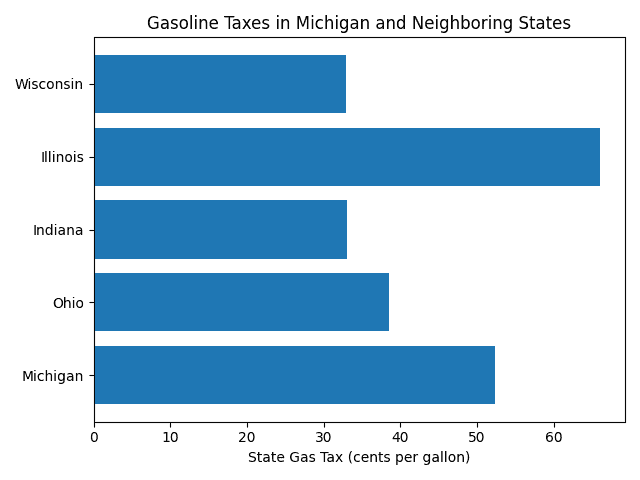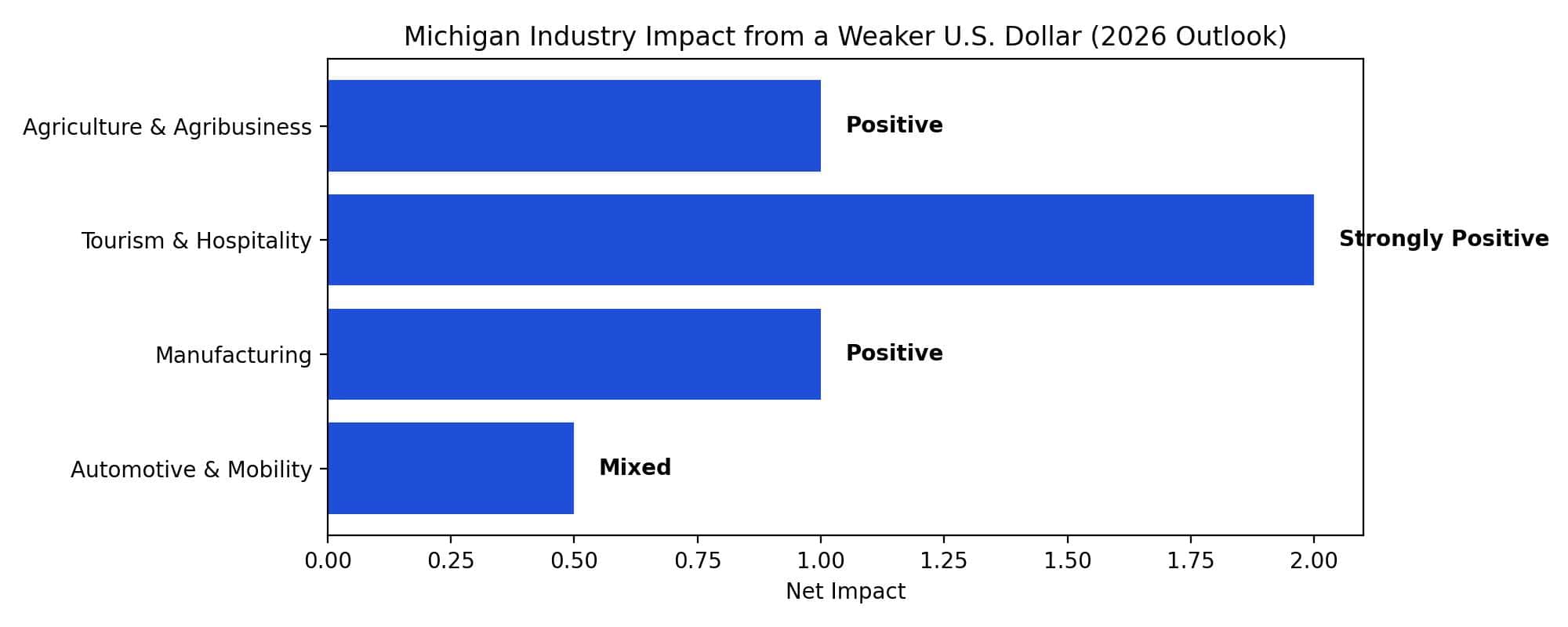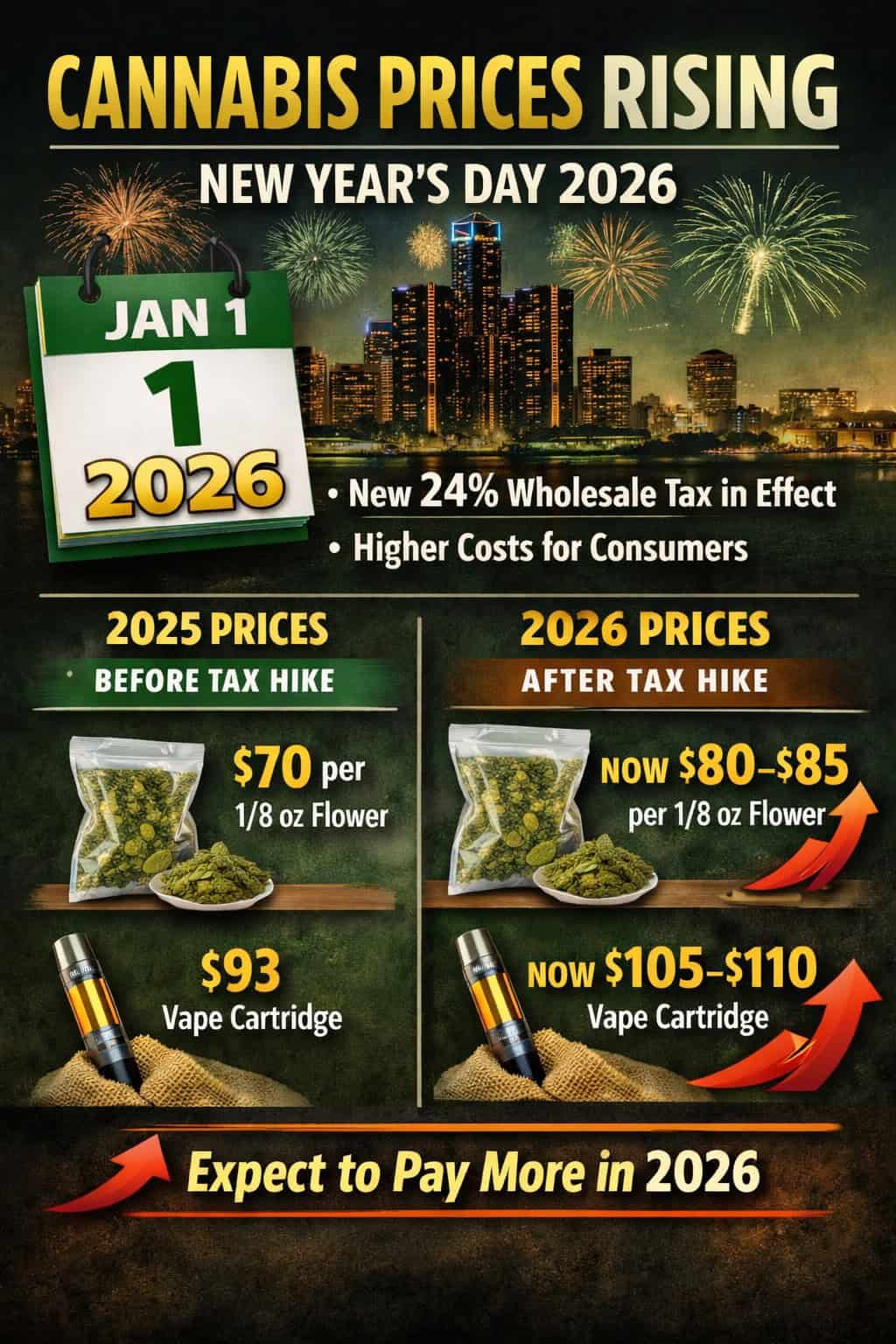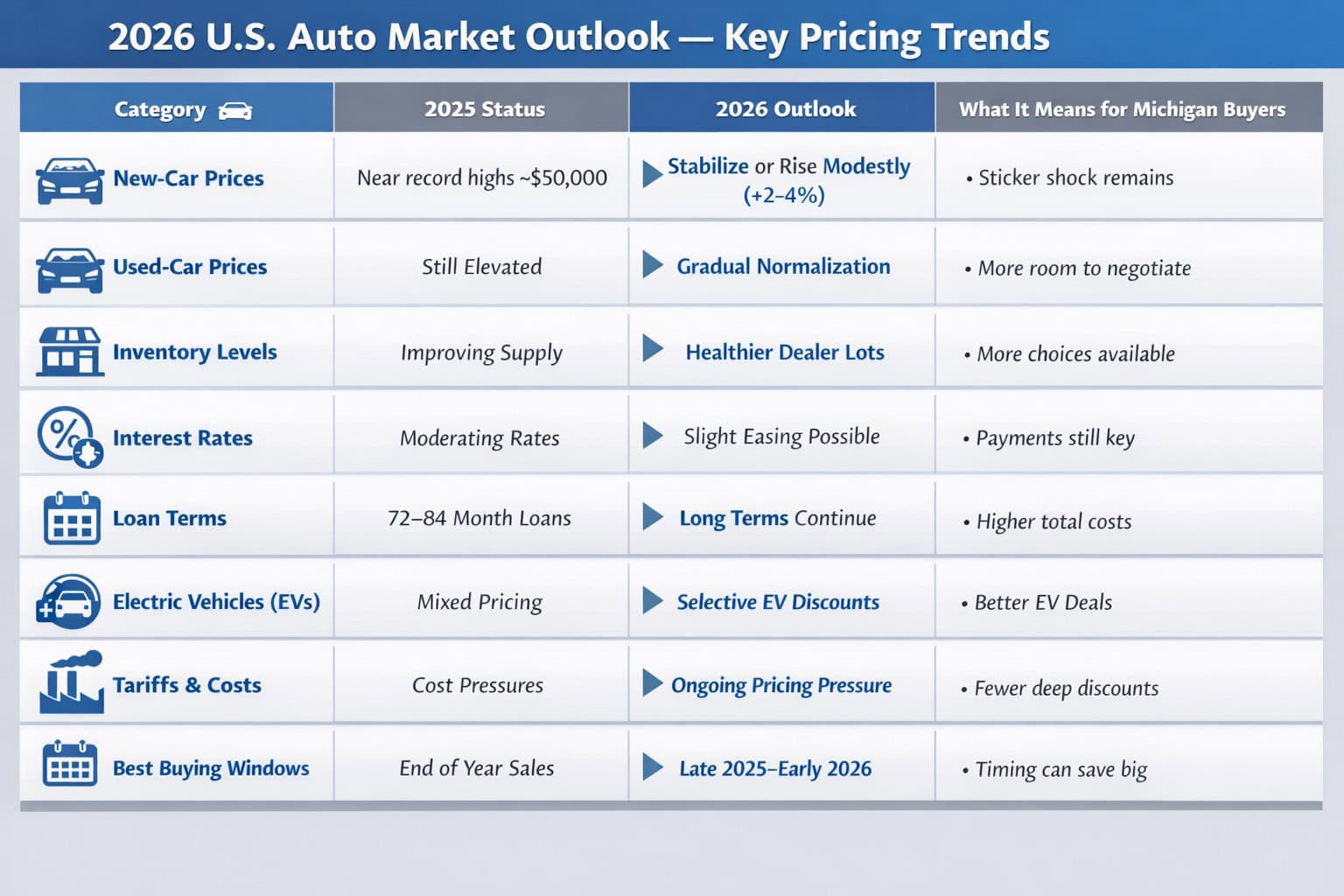WASHINGTON DC – In July 2024, annual inflation in the United States has fallen below 3 percent for the first time since March 2021, marking a significant turning point in the nation’s economic sphere. This decline raises important questions about the future direction of monetary policy. As inflation eases, many analysts anticipate a shift in the Federal Reserve’s approach to interest rates.
In this post “July 2024: US Annual Inflation Decline Signals Fed Rate Shift,” we will explore the implications of this inflation drop, the factors contributing to this change, and what it means for consumers and investors moving forward.
1. What was the US Inflation Rate in July 2024?
In July 2024, consumer prices experienced a modest increase of 0.2 percent, following two consecutive months of stable or declining prices, as reported by the Labor Department on Wednesday. Notably, the consumer price index (CPI) revealed an annual inflation rate that slowed to 2.9 percent in July, down from 3 percent in June.
This decline marks a significant milestone, as it is the first time inflation has fallen below 3 percent since March 2021. Consequently, these trends may signal a potential shift in Federal Reserve interest rates, prompting analysts to closely monitor future economic developments.
2. Impact of US Inflation Decline on the Federal Reserve’s Interest Rate:
The latest inflation reading arrives as the Federal Reserve prepares for much-anticipated interest rate cuts ahead of the upcoming election. Moreover, this development comes at a time of growing economic anxiety, particularly as the unemployment rate has begun to rise.
Notably, borrowing costs have remained at a 23-year high since last July. During that period, the Federal Open Market Committee (FOMC) raised rates to a range of 5.25 percent to 5.5 percent, significantly impacting consumers and businesses alike.
3. Economic Challenges and the Federal Reserve’s Response in July 2024:
The committee has consistently voted to maintain interest rates within the current range at each subsequent meeting. However, hopes for easing monetary policy earlier in 2024 were dashed by a recent uptick in inflation this spring.
Furthermore, as the unemployment rate has risen, concerns about a potential recession have reemerged. This shift is particularly noteworthy, given that the unemployment rate had experienced its longest streak below 4 percent since the 1960s. Recently, the jobless rate increased to 4.3 percent last month, up from 4.1 percent in June, marking the highest level of unemployment since October 2021.
4. Factors Contributing to the Decline in Annual Inflation in July 2024:
- Federal Reserve Interest Rate Hikes: Rates increased to 5.25% – 5.5%, cooling consumer demand.
- Rising Unemployment Rate: Unemployment rose to 4.3% from 4.1%, leading to reduced consumer spending.
- Revised Job Growth Figures: Fewer jobs were added to the economy than previously reported, indicating an economic slowdown.
- Cautious Economic Environment: Increased economic anxiety influenced spending habits, further easing inflationary pressures.
5. Political Pressures on the Federal Reserve Rate as Inflation Declines:
Currently, a majority of interest rate traders anticipate not just one but two rate cuts when the Federal Open Market Committee (FOMC) convenes again in September, according to the CME FedWatch rate forecaster.
Importantly, this September meeting will be the last before the general election. While Federal Reserve Chair Jerome Powell has consistently emphasized that the central bank operates independently and bases its decisions on economic data rather than political pressures, the timing of these cuts places him in a delicate position with both Democrats and Republicans.
Moreover, former President Trump, who appointed Powell in 2017, began to clash with him shortly after the Fed initiated interest rate hikes during his first term. Although Trump has recently stated that he would allow Powell to complete his term, which ends in 2026, he has cautioned the Fed against implementing rate cuts. Such cuts could potentially stimulate the economy and drive the stock market higher right before the election.
This story appeared in The Hill.
Final Thoughts on US Annual Inflation Decline 2024:
The decline in US annual inflation in July 2024 suggests that the Federal Reserve is nearing a pause or reversal of its interest rate hikes. While the recent decline in annual inflation is a positive development, it’s notable to maintain a cautious outlook.
Several factors could influence future trends, including global economic events, supply chain disruptions, and government policies. Continued monitoring of these factors is essential to assess the sustainability of the current deflationary trend.
For more insights, and breaking news on economic trends, stay tuned at MITechnews.com. Or Sign-Up to receive our Weekly MiTechNews eNewsletter.
FAQs:
1. Why Did the US Annual Inflation Fall Below 3 Percent in July 2024?
The decline below 3 percent can be attributed to a combination of:
- Stable consumer prices
- Changes in demand
- Rising unemployment rate
2. How Could the July 2024 Annual Inflation Decline Influence Future Interest Rates?
As inflation falls, the Fed is expected to lower interest rates, which could stimulate borrowing and spending in the economy.
3. What is the current unemployment rate in the U.S.?
The unemployment rate in the U.S. rose to 4.3% in July 2024, the highest level since October 2021.
4. How do Fed interest rate cuts affect the economy?
Fed Interest rate cuts generally lower borrowing costs, encourage spending and investment and can help stimulate economic growth, especially in a slowing economy.






